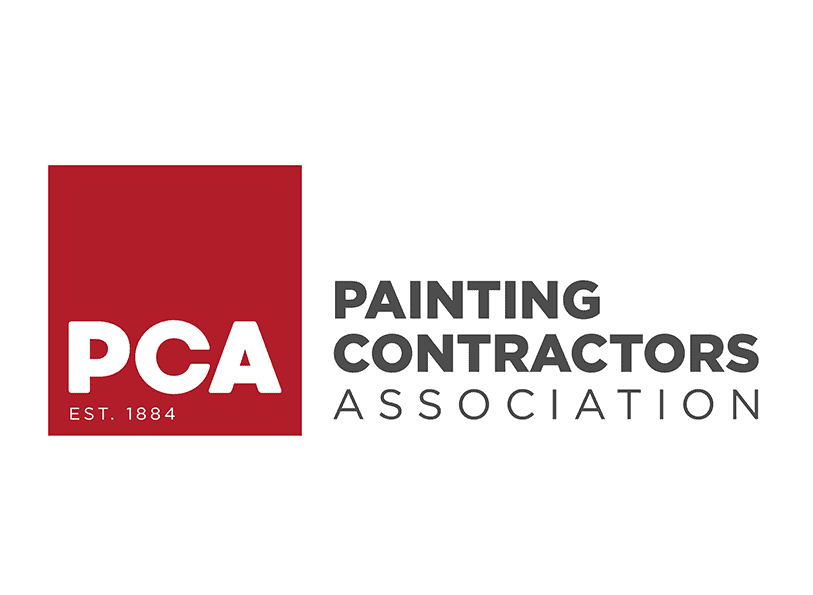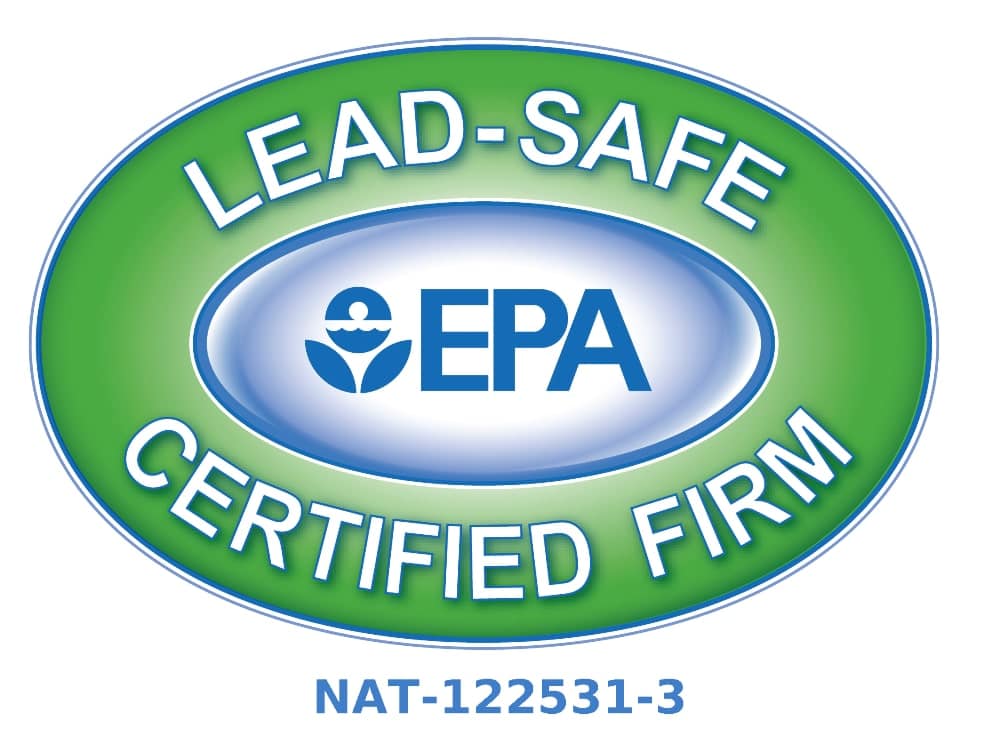28 Jul Touch Ups Rarely Work!
If you’ve lived in your home long enough, there’s a good chance that you’ve done some level of damage to your walls, ceiling, or woodwork. Whether it’s carrying groceries, bringing in luggage, or simply dropping something by accident, your walls can take a beating. In many cases, the drywall is not damaged, but the walls can get scuffed up and may require a touch up to hide the marks left behind.
If you’re lucky, the best way to hide these unsightly marks is by using leftover paint from the original paint job. After you’ve found the paint can that’s been buried in your basement for a few years, you may do what any of us would do: shake it up, dip your brush in and touch up your wall. After letting it dry for a couple of hours, you may go back with high expectations. Instead, you see a spot on your wall that sticks out like a sore thumb! What happened? Why didn’t the paint blend in?
There are several reasons why the paint did not touch up. These may include: application method (brush finish vs. roller finish), the amount of time that has lapsed since the surface was originally painted, temperature, paint sheen, and porosity of the surface. In most cases, it’s very difficult to replicate the exact same conditions as when the paint was originally applied. Also, certain colors will fade after being on the wall and exposed to sunlight, whereas the original product hasn’t seen the light of day.
So now you’re saying to yourself, “the original product is not touching up! OK, now what?? The best approach is to face these situations with low expectations. Touch ups rarely work! Plan on painting the entire surface from end to end to give it a uniform, even appearance. That doesn’t mean repainting an entire room, but you may need to repaint the entire wall, ceiling, or trim piece. That may require a little more time, but in the end, you’ll be happy with the results
FAQ
What makes touch-up paint jobs so difficult to blend in?
Touch-up paint jobs are rarely seamless because it is very hard to replicate the exact conditions of the original paint job. Factors like the application method, elapsed time since the original painting, paint sheen, surface porosity, and even fading from sunlight can all affect how well the new paint blends in. Even using leftover paint from the original job may not guarantee a perfect match.
Why does the touched-up area often look different from the rest of the wall?
The touched-up area may stand out due to differences in texture, sheen, or color. Paint can fade or change over time, and the original wall may have been exposed to light and air, while the paint in the can has not. Also, using a brush instead of a roller, or vice versa, can create a finish that does not match the rest of the wall.
Is it better to repaint the whole wall instead of just touching up?
Yes, in most cases, repainting the entire wall, ceiling, or trim piece from end to end is recommended. This approach ensures a uniform and even appearance, as touch-ups alone often result in visible spots or patches that do not blend in well with the surrounding surface.
Can touch-ups ever work successfully?
Touch-ups may work in rare cases, such as when the paint is very new, the finish is flat, and the blemish is in an inconspicuous area. However, even then, using the exact same paint, application method, and minimal paint is crucial. Most of the time, touch-ups are still noticeable.
What should I do if my touch-up stands out?
If a touch-up is visible and does not blend in, the best solution is to repaint the entire surface where the touch-up was attempted. This may require a bit more effort, but it will result in a much better and more professional-looking finish.

Mike Katounas is the owner of Home Works Painting, a painting business in Northern Virginia. He has over 15 years of experience in residential interior and exterior painting, drywall installation/repair, carpentry, wallpaper removal, power washing, commercial painting, color consultation, and staining/sealing. Their service areas include Chantilly, Fairfax, Herndon, Oakton, Reston. Mike takes pride in his work, and he always follows a strict code of conduct that includes the use of quality paint, a clean workspace, and an honest, respectful approach to his customers.












Sorry, the comment form is closed at this time.